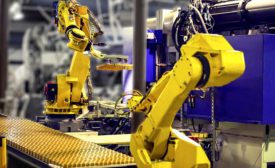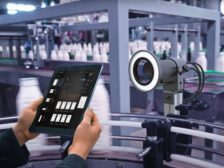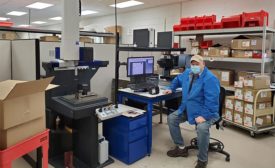Home » COVID-19
Articles Tagged with ''COVID-19''
Management
The 21st Annual Quality Spending Survey shows that quality professionals are looking to invest again.
Read More
Management
What Your 3rd Party Auditor Wishes You Knew About Supplier Management
It's time to take the mystique out of supplier management, especially for small and medium sized organizations.
November 8, 2021
Management
Just Starting the Automation Game? Three Steps to Make the Jump Easier and More Cost-Effective
If you're still considering taking the first—or possibly next—step in your automation journey, start with the following steps to facilitate the process and feel more comfortable doing it.
August 15, 2021
Test & Inspection
How the Pandemic and Quality 4.0 are Changing Testing and Inspection
To discuss trends in testing and inspection, we must first discuss the impact of Covid-19.
August 8, 2021
Management
The Quality Profession Since the Pandemic
While Some Concerns Remain the Same, Manufacturers Faced New Challenges Over the Past Year
July 8, 2021
Vision & Sensors | Trends
The Role of Quality in a Post-Pandemic World
It's Especially Clear That Relying on On-Site Vision Experts is no Longer a Viable Strategy.
July 6, 2021
2021 Quality Plant of the Year: Electromed, Inc.
This medical device company and essential business faced extraordinary pressure to keep up with demand while managing its own safety in a pandemic.
March 5, 2021
The Opportunities of Risk in the Supply Chain
Recognizing risks with your vendors can lead to opportunity in the wake of COVID-19.
January 19, 2021
Get our new eMagazine delivered to your inbox every month.
Stay in the know with Quality’s comprehensive coverage of the manufacturing and metrology industries.
SIGN UP TODAY!Copyright ©2024. All Rights Reserved BNP Media.
Design, CMS, Hosting & Web Development :: ePublishing










